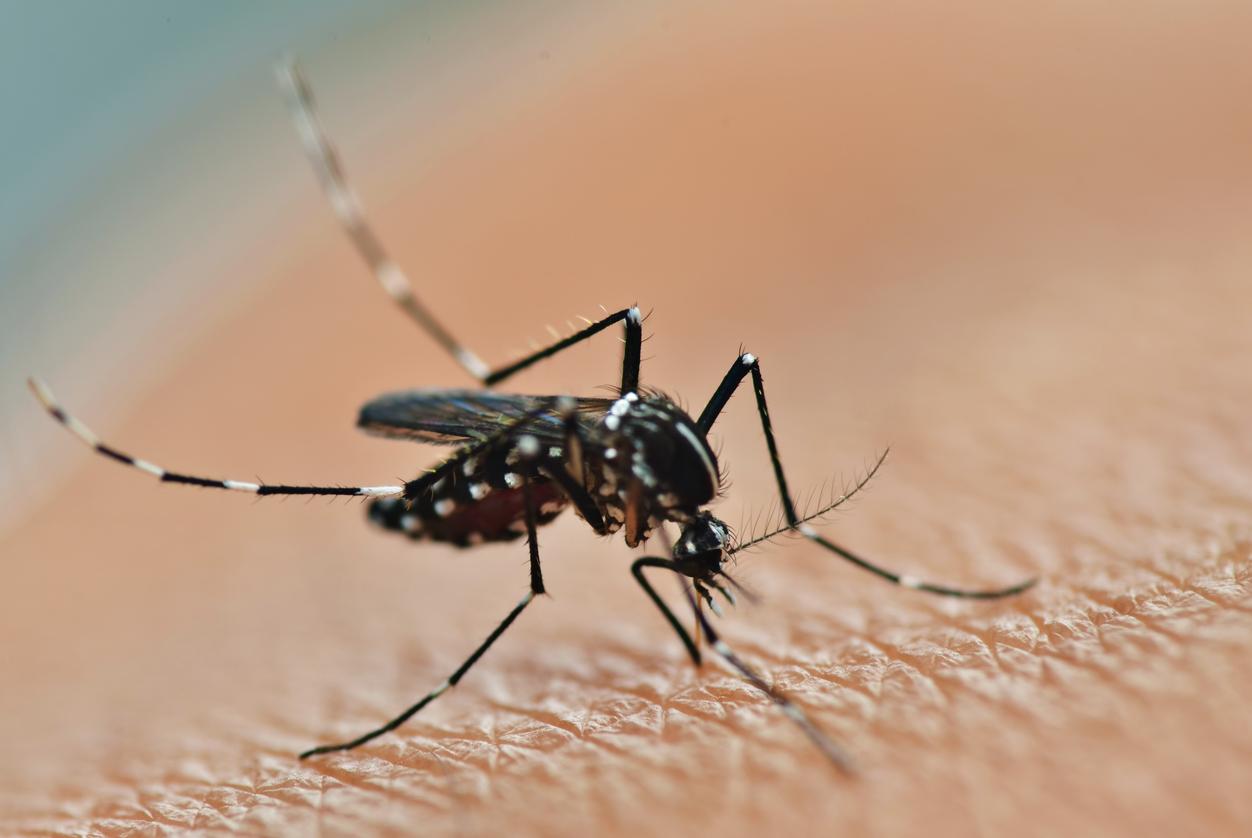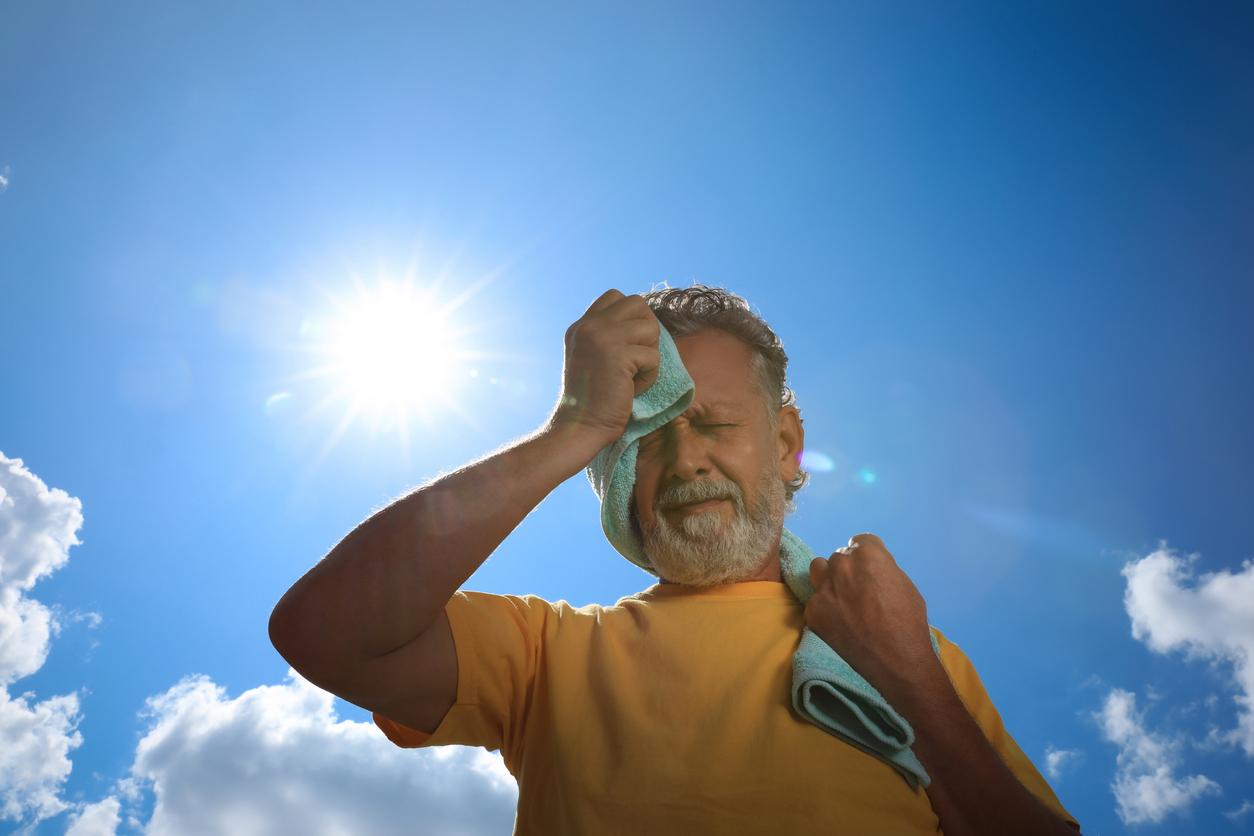Researchers have observed episodes of heat and humidity in several regions of the world that exceed what we imagined, both in intensity and frequency. Events that in places exceed the theoretical limit of human survival.

Several previous studies have estimated the onset of episodes of extreme heat and humidity reaching levels rarely, if ever, experienced by humans before. A new study calls this into question since this one, published in the journal Science Advances, concludes that such episodes are already observable in different regions of the world. “Previous studies predicted this would happen decades from now, but this shows it’s happening right nowsaid lead author Colin Raymond, a researcher at Columbia University (USA). The duration of these events will increase and the areas they affect will increase in direct correlation to global warming.”
Overheating of the human body
Researchers analyzed global weather data from 1979 to 2017 and found that combinations of heat and humidity doubled during that time. Some regions have even seen incidents caused by this combination repeated many times: in India, Bangladesh, Pakistan, but also in northwestern Australia and the Gulf of California in Mexico. The highest readings, which can sometimes be fatal, were spotted 14 times in the cities of Damman, Saudi Arabia, Doha in Qatar and Ras Al Khaimah in the United Arab Emirates. Parts of Southeast Asia, southern China, subtropical Africa and the Caribbean have also been affected. The United States was among the hardest hit as it experienced extreme conditions dozens of times, mostly near the coast in eastern Texas, Louisiana, Mississippi, Alabama and the Florida Panhandle.
The majority of these incidents usually cluster on coasts, along seas, gulfs and straits where the evaporation of seawater provides abundant moisture to be sucked in by warm air. Inside, these events are favored by the monsoon winds, laden with humidity, or in vast areas of crop irrigation. Humidity aggravates the effects of heat on our organism. We cool our bodies through perspiration and this expelled water removes excess body heat and, when it evaporates, carries that heat away. The problem in humid regions is that this process is complicated since the air is already so charged with humidity that it cannot absorb any more and the evaporation of sweat slows down. In the most extreme cases it may even stop, the heart heats up and the organs begin to fail. A person, even strong and in good physical shape, resting in the shade, without clothes and with unlimited access to drinking water, can then die in a few hours.
A tipping point
More concretely, the researchers measure the effect of the combination of heat and humidity with the centigrade (C) scale known as “wet-bulb. In the United States, these readings are often translated to Fahrenheit (F) readings”heat index” Where “real feeling” and previous studies suggest that humans cannot perform normal outdoor activities at a wet bulb of 32°C, or a heat index of 132°F, which is roughly equivalent to 55°C. The theoretical limit is a heat index of 160°F. The study found that wet bulbs approaching or exceeding 30°F have doubled since 1979. While researchers previously estimated that readings of 31°C occur only rarely, they recorded around 1,000 during the last thirty years. More strikingly, they recorded around 80 readings at 33°C when we thought this was almost non-existent.
“We may be closer to a real tipping point than we think”, says Radley Horton, co-author of the article. In addition to an increase in the number of deaths, these climatic events which force people to stay indoors, will have many consequences on agriculture, trade and other activities which could potentially stop. In the poorest countries, many depend on subsistence agriculture, requiring heavy daily outside labor, which could render some of the worst-affected areas uninhabitable.
.

















